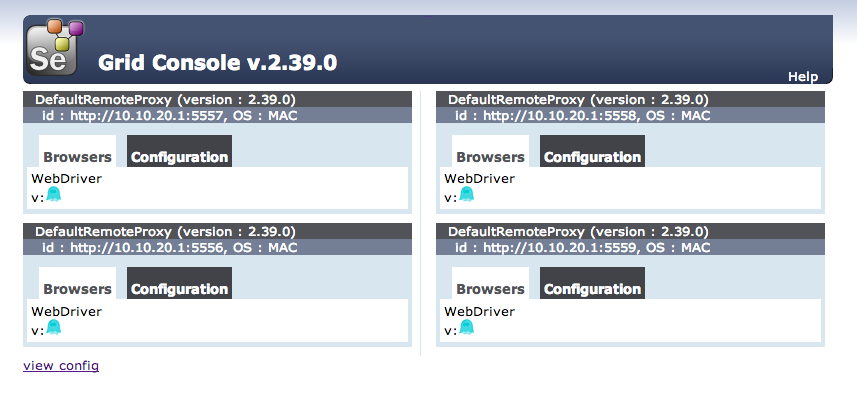There are few ways to run Behat tests in parallel, including the following Behat extensions:
However, I found the GNU parallel command to be most flexible, since it is an OS level tool.
GNU parallel
GNU parallel is able to run practically anything in parallel. Jobs can be read from a pipe:
seq 5 1 | parallel --gnu 'sleep {} && echo "{}";'
This means we can write all sorts of bash scripts to "feed" the parallel command.
For example, the following script will run all tests in parallel, grouped by sprints, starting from the latest:
grep -R '@sprint:' features/ |
sed -e 's/.*\(@sprint:[0-9]*\).*/\1/' |
sort -ur |
parallel --gnu 'bin/behat --tags={}' || exit 1
On projects where test execution time varies a lot between scenarios, I found it's better to run each feature file separately:
find features/ -iname '*.feature' | parallel --gnu 'bin/behat {}' || exit 1
Nice thing about GNU parallel is that it will (by default) run as many processes as there are CPU cores available.
Selenium grid
Selenium grid can be used to run tests against multiple browsers or to distribute the runs to multiple machines.
Usage is very simple. Instead of running a single selenium server, we first start a hub:
java -jar selenium-server-standalone.jar -role hub
Next, we run as many nodes as we need. Nodes will connect to the hub, which in turn will forward any requests to a node. Node capabilities need to match the ones client requested.
To start a single node run:
java -jar selenium-server-standalone.jar -role node -hub http://localhost:4444/grid/register
More options could be specified to fine tune both nodes and the hub (refer the docs).
Note: For testing purposes, here's a script which will start a hub with as many nodes as there are CPU cores available: gist:jakzal/8583518. However, in most cases it doesn't really make much sense to run all the nodes on the same machine.
One thing to remember when using the Selenium grid with phantomjs and Behat, is to properly configure capabilities. Based on these, the hub will try to find a proper node to run our tests. Defaults are not suitable for phantomjs and we'll have to reset the browser version:
# behat.yml
default:
extensions:
Behat\MinkExtension\Extension:
base_url: 'http://localhost/'
browser_name: phantomjs
selenium2:
wd_host: http://127.0.0.1:4444/wd/hub
capabilities:
version: ''
